Optimal Timing for Septic Leach Field Installation
Timing for septic leach field installations depends on multiple factors including weather conditions, soil saturation levels, and site preparation requirements. Proper scheduling ensures optimal soil absorption and system longevity.
The best time for installation is during dry, mild weather to prevent delays caused by rain or snow, which can hinder excavation and soil work.
Installing when the soil is not saturated with water ensures proper absorption and reduces the risk of system failure.
Scheduling during periods of low vegetation growth facilitates easier excavation and reduces disruption to the landscape.
Aligning installation with local permit approval timelines can prevent project delays.
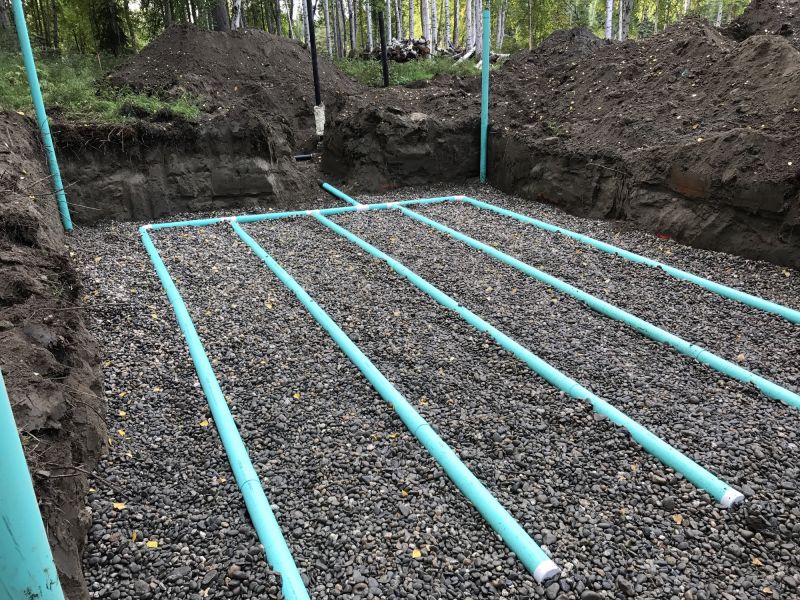
Ways to make Septic Leach Field Installations work in tight or awkward layouts.
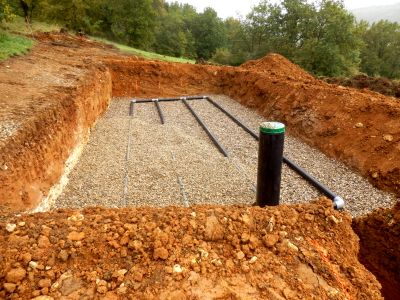
Popular materials for Septic Leach Field Installations and why they hold up over time.
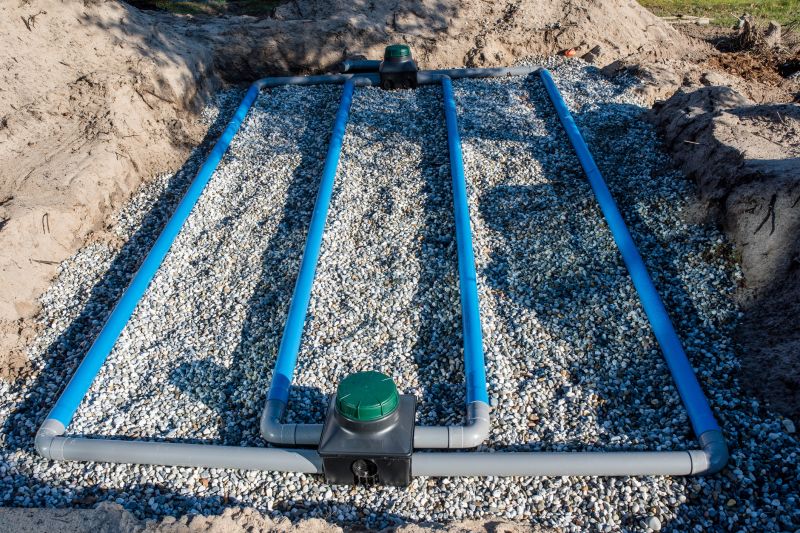
Simple add-ons that improve Septic Leach Field Installations without blowing the budget.

High-end options that actually feel worth it for Septic Leach Field Installations.
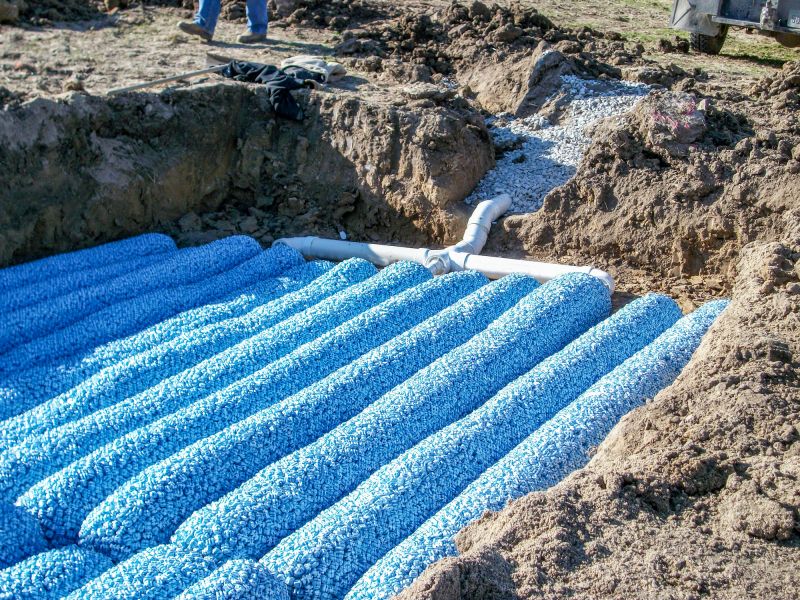
Finishes and colors that play nicely with Septic Leach Field Installations.
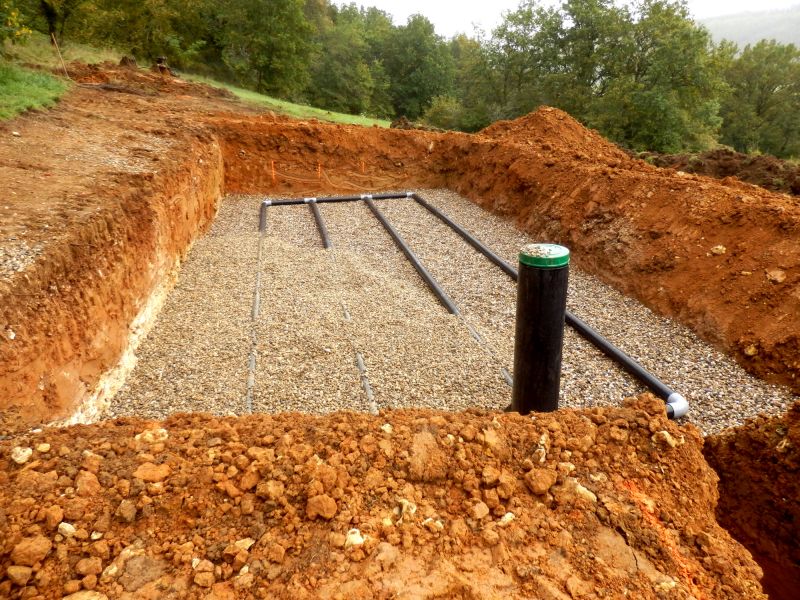
Little measurements that prevent headaches on Septic Leach Field Installations day.
Septic leach field installation involves excavating trenches and laying perforated pipes to distribute wastewater evenly into the soil. Proper installation is critical for system performance and longevity. Soil type, weather conditions, and site accessibility influence the timing of installation. Typically, dry seasons are preferred to minimize soil compaction and ensure effective absorption. Proper planning and timing can help prevent future system failures and costly repairs.
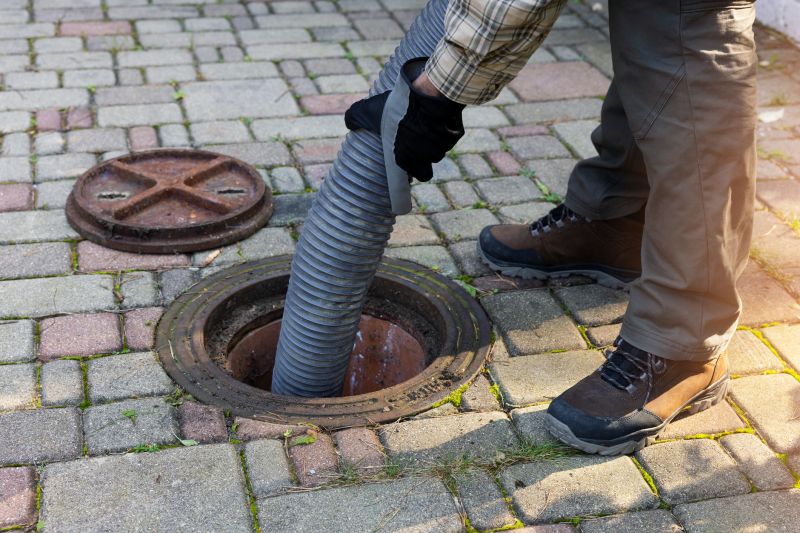
A 60-second routine that keeps Septic Leach Field Installations looking new.
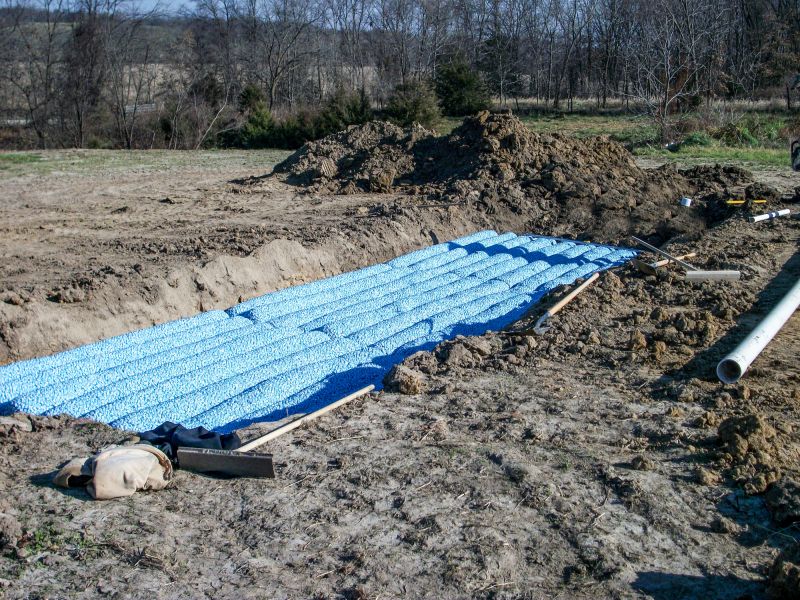
A frequent mistake in Septic Leach Field Installations and how to dodge it.
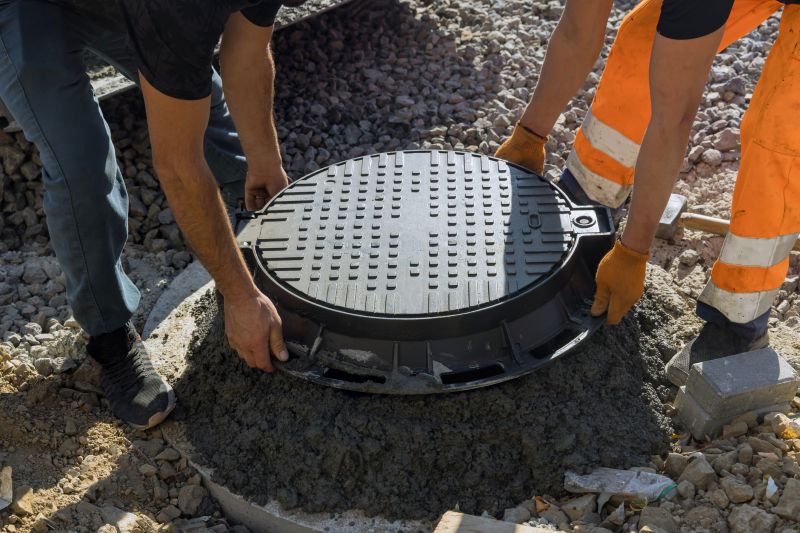
Small tweaks to make Septic Leach Field Installations safer and easier to use.
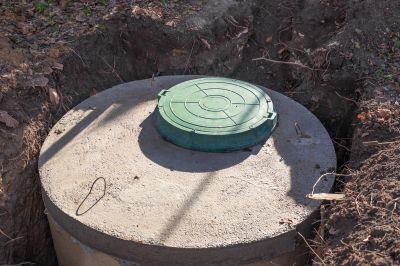
Lower-waste or water-saving choices for Septic Leach Field Installations.

The short, realistic tool list for quality Septic Leach Field Installations.
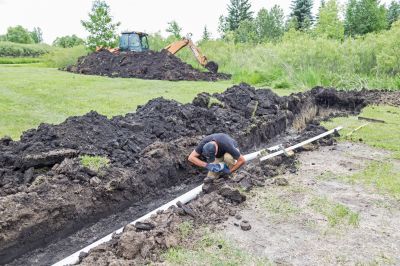
Rough timing from prep to clean-up for Septic Leach Field Installations.

Quick checks and paperwork to keep after Septic Leach Field Installations.
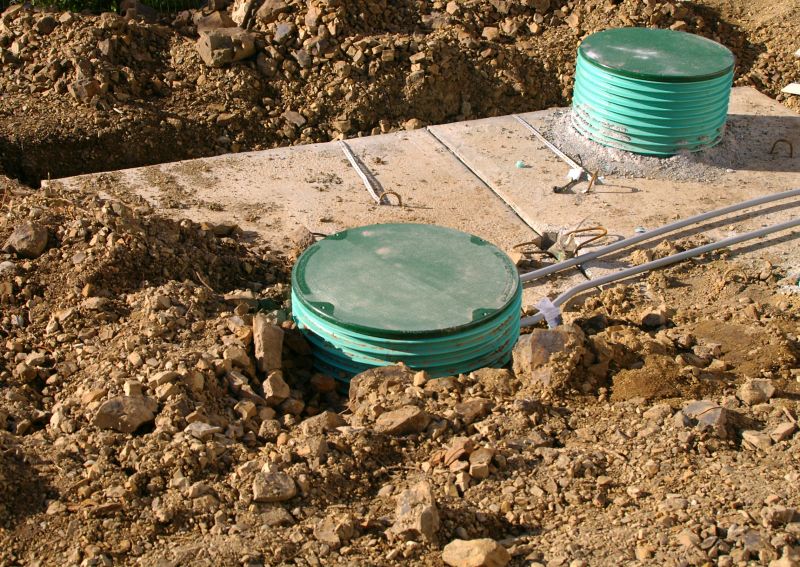
Examples that show the impact a good Septic Leach Field Installations can make.

Ways to make Septic Leach Field Installations work in tight or awkward layouts.

Ways to make Septic Leach Field Installations work in tight or awkward layouts.
| Aspect | Optimal Timing Considerations |
|---|---|
| Weather Conditions | Install during dry, mild weather to avoid delays. |
| Soil Saturation | Ensure soil is not overly saturated from recent rains. |
| Vegetation Growth | Schedule during low growth periods for easier excavation. |
| Permit Approvals | Coordinate with local authorities to align with permit timelines. |
| Construction Seasons | Off-peak seasons may offer better availability and pricing. |
| Soil Temperature | Avoid freezing temperatures that can hinder excavation. |
| Site Accessibility | Plan during times when access routes are clear. |
Proper timing of septic leach field installation can contribute to system efficiency and durability. Selecting the right season and weather conditions minimizes complications and ensures the soil environment is suitable for wastewater absorption. Consulting with professionals to assess site-specific factors is recommended for optimal results.
Interested in scheduling a septic leach field installation? Filling out the contact form can help initiate the planning process and ensure the project aligns with suitable seasonal conditions.



